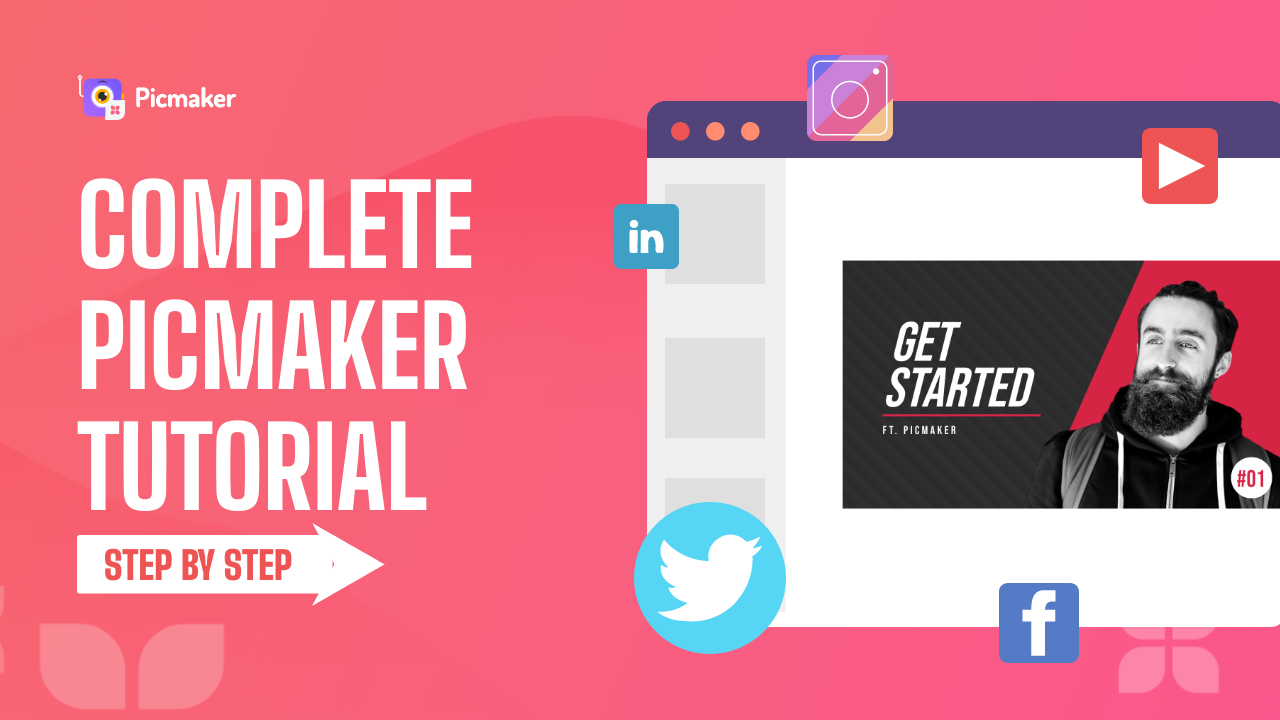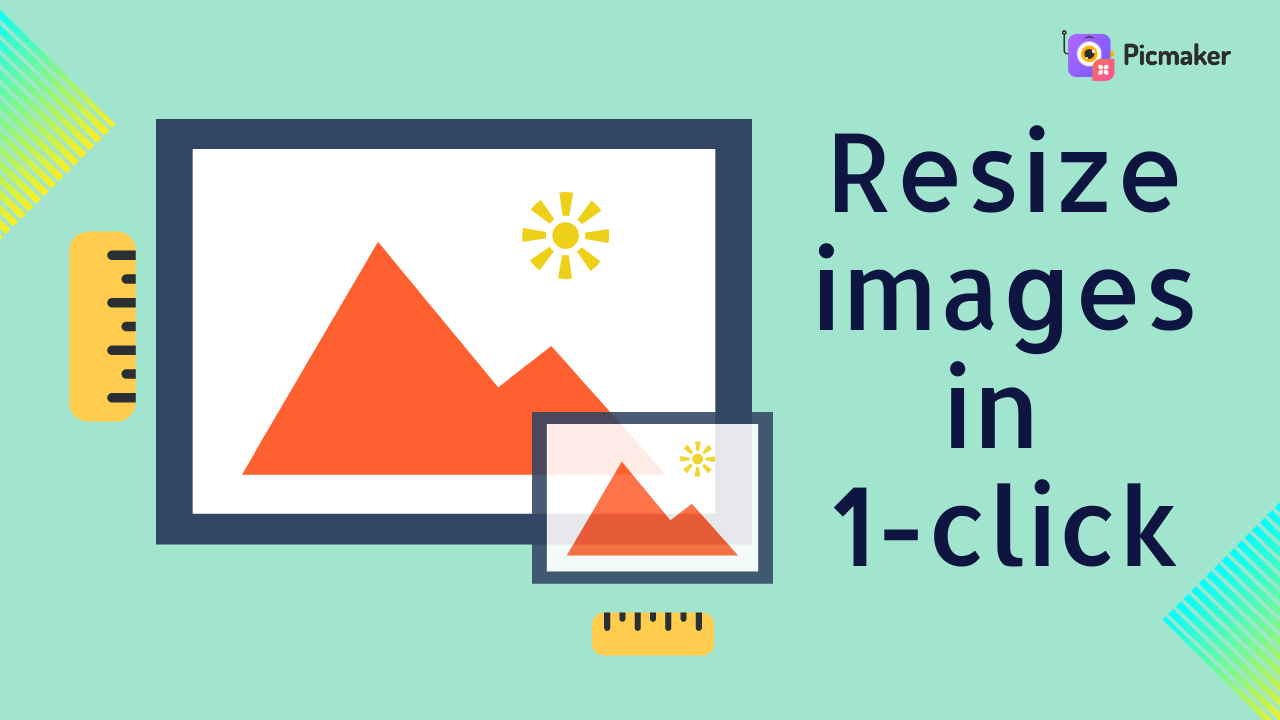You don’t need to be a pro designer to create stunning graphics.
As a beginner, you’ll make a lot of mistakes and it takes a long time to learn the nooks and corners.
But, you don’t need to worry about that.
In this short tutorial, you’ll learn three tips that will help you to level up your design.
Method 1 - Typeface and fonts
It's essential that you understand the difference between typeface and fonts. A typeface is a collection of fonts, while a font is just a modified version of a typeface.
But selecting the right fonts for your design is hard. Choosing your fonts depends on your design and its purpose. If you're going to design something related to weddings, use something classy like Serif or floral fonts
Here is a 3-step process to help you select the right fonts for your design.
Understand the purpose of your design
You need to be clear about the purpose of your design before you can start designing it. Most of the graphic design tips for non-designers start with understanding purpose.
Choose a primary font
Once you have identified your graphic design's purpose, choose a primary font for that design. This primary font will be used on your headline and titles.
Choose a contrasting secondary font
Your secondary font should complement your primary font. It should not be similar to the family of your primary font. That's how you make your design look interesting.
Bonus Step: Change the spacing and alignment of your font
Here's something interesting: The same font can be customized to look completely different. Yes, this is a trick our designers use in most of their designs.
Method 2 - Use the right scale for each text
This follows up on the first tip - selecting a font. Once you have selected the primary, secondary and tertiary fonts, you need to scale them right. Each piece of text has its role to play in your design. You should scale the text based on its importance and function in the design.
Method 3 - Positive and negative space
You should never cramp up your design to the brim. There should be considerable breathing space between different elements in your design. Positive space refers to the space occupied by the object. While negative space refers to the space that is not occupied by the object. The background color is a good example of negative space in your design.
Also, check out the below tutorials
How to boost your product sales with effective design
How to create unique designs in seconds using AI
13 Graphic design trends in digital marketing you cannot ignore



